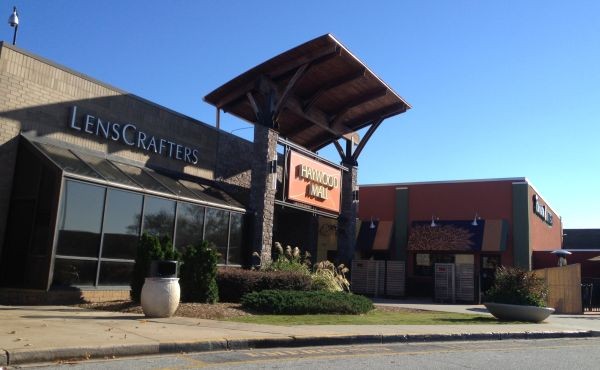The future of Class B malls may increasingly depend on the trend of transforming underperforming properties into mixed-use developments, especially as new retail construction slows. These redevelopments aim to combine retail, lifestyle, entertainment, and essential services to better align with today’s consumer preferences.
There are approximately 250 Class B malls in the U.S., accounting for around 28% of all malls nationwide, according to real estate analytics firm Green Street. These malls are typically situated in suburban and secondary markets and often host a mix of mid-tier national and regional retailers within enclosed shopping formats.
Class B malls continue to trail behind Class A malls, which are nearing pre-2019 levels of foot traffic. While Class A malls are only about 4% below those benchmarks, Class B malls see foot traffic down by 9%, with occupancy around 89%, compared to 95% at Class A malls. Malls rated C have even lower occupancy rates, at under 72%.
Several factors contribute to the challenges facing Class B malls, including reduced sales per square foot, weaker tenant rosters, and declining foot traffic. Many are in markets where demographics and retail competition have shifted toward newer, more accessible centers.
Furthermore, many Class B properties suffer from outdated designs and increasing vacancies as anchor stores close and tenant mixes evolve. They also face rising competition from online retail and modern lifestyle centers offering a more engaging mix of retail, dining, and entertainment options.
Despite these challenges, Class B malls present strong potential for repurposing, as they are often available below their original development cost.
Reimagining these properties offers investors and developers the chance for strong returns while contributing to economic growth in local areas. For retailers, such revitalized spaces can attract higher foot traffic and offer better opportunities for customer interaction.
Redevelopment strategies being explored include integrating residential units, office spaces, and hospitality features; creating experiential retail destinations to appeal to younger consumers; establishing healthcare and community services; and converting spaces for logistics or data center use. Some developers are also transforming former anchor stores into fitness centers or indoor sports venues and enhancing malls with green areas and outward-facing storefronts.
Across the U.S., more than 50 mall redevelopment projects are currently underway, ranging from modest updates to large-scale, multi-billion-dollar transformations. One example is Hawthorn Mall in Vernon Hills, Illinois—a two-story super-regional center being converted into a dynamic mixed-use neighborhood with luxury housing, expanded dining and retail, and pedestrian-friendly design.
Source: GlobeSt.

